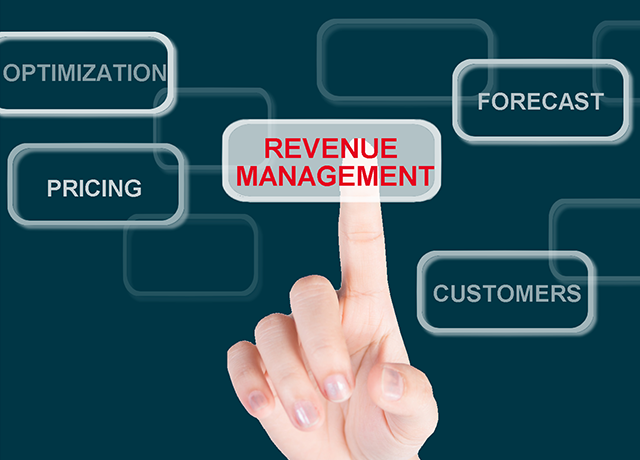Marketing, sales, reservations and e-commerce divisions within a property in today’s seemingly ever-changing hospitality market are linked by hotel general managers (GMs) who have become the key collaborators. More complex components are now included in their responsibilities. In the consumer buying process and in the revenue management field, there has been a volume of changes. The following are important things about revenue management that hotel GMs need to know to focus the enter organization on driving better revenue:
1. Getting the Right Information
With data collection and analysis, basic revenue management starts. To accurately forecast demand, which can influence pricing and inventory control, this data is critical for hotels including luxury hotels. Room type, additional spend, sold nights vs. rate, the frequency of purchase, distribution channel, the day of the week, length of stay and revenue vs. profit are some key data points. In addition to carrying the risk of human error, manually collecting all of this data takes significant time and energy. It can be tough for revenue managers to quickly identify fluctuations in demand and react with changes that impact profit in real time because there is a flurry of flash sales, mobile marketing and OTAs. To provide executives with the data they need and when they need it in an easily consumable format, many hoteliers turn to automated revenue management software.
2. Forecasting
By their ability to accurately forecast demand and occupancy, hotels today live and die. Room rate decisions, staff allocation, property maintenance and a range of critical hotel operations are assisted by a good forecast. The best way to determine future marketing and pricing strategies within a time frame that drives change with a meaningful impact is utilizing data and analytics through accurate forecasting. Deep, detailed data that contains both historical and future information must be with the hotel GMs. The number of occupied rooms, coupled with revenue by market segment per day should be included in the historical data. The number of occupied rooms, coupled with revenue by market segment per day should be included by the hotel GMs. The number of rooms and revenue in the books by day and by market segment for a minimum of 90 days in the future should also be included by the hotel GMs. The hotel is able to establish simple booking pace forecasts by segment and day of the week if data is collected daily and this can be compared to historical data. As a result of this, Hotel GMs can tweak their sales and marketing strategies by quickly identifying when demand picks up or decreases.
3. Segmentation Mix Positioning
It is essential to understand a hotel’s most valuable and profitable guests, making this knowledge a key pillar in ongoing revenue organization. To provide a true picture of a guest’s preferred activities and their overall value, inclusive of ancillary spend, transaction systems data needs to be integrated. Online reservations, food service, spa services, guest rooms, gift shops and many other things are included in this. This data will assist hoteliers in their segmentation mix positioning and will help identify possible guests.
4. Measuring Success
Occupancy, average daily rate (ADR) and revenue per available room (RevPAR) are some commonly used room revenue key performance indicators (KPIs). Beyond just rooms, revenue management principles are also being applied to revenue streams. For example, by function space, profit per available space/time (ProPAST) and profit per occupied space/time (ProPOST), function space revenue performance can be measured. To ensure that these measurements are all in alignment all hotel GMs should consult with their finance, operations and sales and marketing teams. To identify the ARI, the hotel’s ADR would be divided by the market’s ADR and by dividing the hotel’s RevPAR by the market’s RevPAR, the RGI would be calculated. This method delivers a more accurate picture and opportunity of measuring success, though it may initially sound complicated.
5. Building a Revenue Management Culture
Best hotels build strong revenue management cultures by focusing on people, process and technology. With the executive suite revenue managers must work closely to establish a strong revenue management culture that drives profitability across their entire organization as revenue management continues its evolution at the corporate and individual property levels. Executive buy-in across multiple departments is necessary to obtain the maximum revenue management benefits and to optimize profits from all hotel revenue streams. A unified understanding and commitment of the hotel’s strategic revenue management program by sales, reservations, food and beverage and all hotel department teams is needed. To achieve this, revenue managers must effectively communicate revenue management strategies and principles to their senior leaders besides accurately forecasting and analyzing data themselves.









